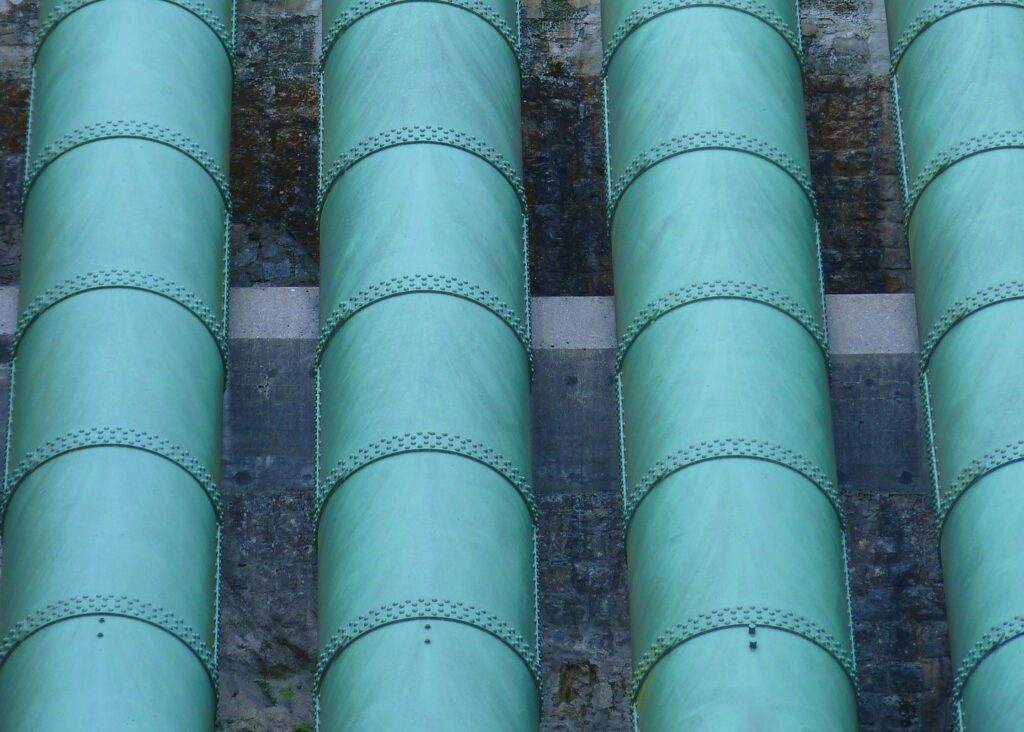The Trans Adriatic Pipeline (TAP) consortium is set to make a significant stride in the realm of sustainable energy as it gears up to test its asset materials for hydrogen supplies later this month.
This move comes in line with TAP AG’s ambitious goal to assess the technical feasibility of transporting a blend of natural gas and hydrogen through its extensive pipeline infrastructure.
TAP AG initiated an “Initial Hydrogen Readiness” study in 2021, confirming the pipeline’s potential to transport hydrogen blends. The upcoming asset material testing, scheduled to commence this month, aims to provide insights into the compatibility of TAP’s infrastructure with hydrogen transportation. The consortium anticipates receiving initial results for the offshore pipeline in the early stages of Q2 2024.
The consortium’s aspirations extend beyond initial testing, envisioning the development of assets capable of transporting hydrogen, primarily in the form of a blend with natural gas. TAP AG outlines a strategic approach, intending to increase hydrogen concentrations incrementally. This approach aligns with the evolving hydrogen market, demand patterns, and the regulatory frameworks at both the EU and member state levels.
Currently, TAP facilitates the transportation of natural gas from the Shah Deniz field in the Azerbaijani sector of the Caspian Sea to Europe. The 878 km pipeline traverses from the Turkish-Greek border through Greece and Albania, crossing the Adriatic Sea before making landfall in Southern Italy. TAP plays a crucial role in supplying gas to South Eastern European countries through existing and potential interconnectors.
The consortium’s strategic approach reflects an understanding of the gradual evolution of the hydrogen market and regulatory frameworks. By incrementally increasing hydrogen concentrations, TAP aims to stay aligned with market demands and ensure compliance with emerging regulations at both the EU and member state levels.
TAP’s foray into hydrogen transportation aligns with broader efforts to diversify energy sources and enhance sustainability. The potential integration of hydrogen blends into TAP’s operations could contribute to the broader goals of transitioning towards cleaner energy and reducing carbon emissions.





